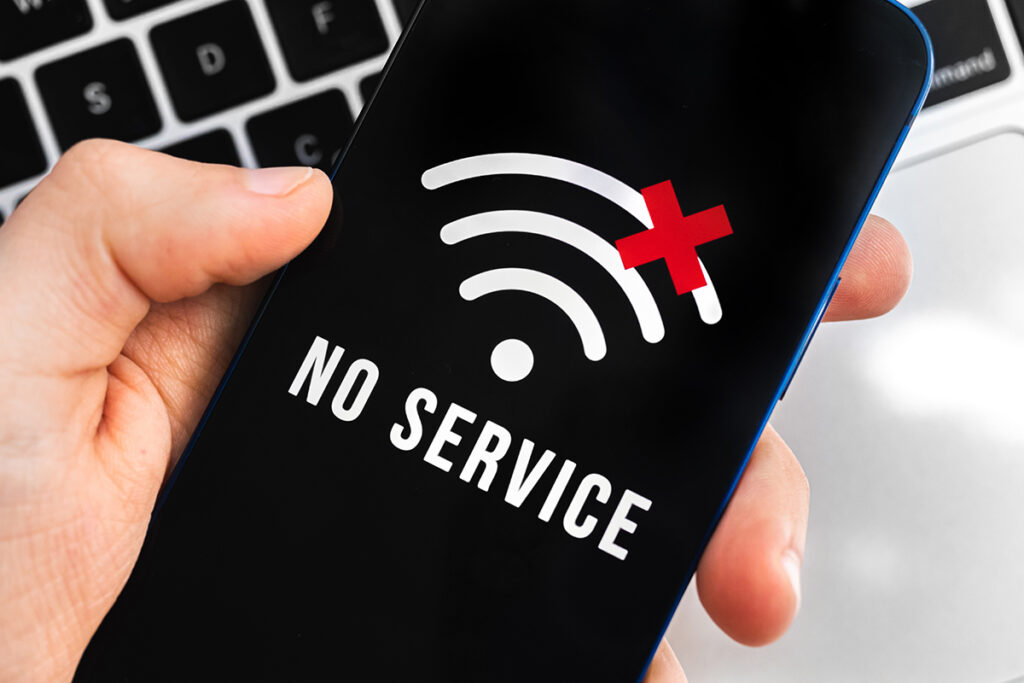A widespread outage struck AT&T customers across the United States, leaving thousands unable to make calls, send texts, or access the internet. While Verizon and T-Mobile also reported some network disruptions, they appeared to be far less extensive compared to AT&T’s outage.
According to reports from DownDetector, over 74,000 AT&T customers experienced service interruptions. However, this number may not fully capture the extent of the outage, as it only tracks self-reported incidents. Despite efforts to restore service, AT&T has yet to provide a timeline for a full recovery.
The cause of the outage remains undisclosed by AT&T, but industry sources suggest it could be related to issues with call handoffs between networks, a process known as peering. Notably, there is no evidence to suggest that the outage resulted from a cyberattack or malicious activity.
Local governments in various regions reported disruptions to emergency services due to the outage. San Francisco’s Department of Emergency Management noted difficulties in reaching the 911 center for AT&T customers, advising them to use landlines or seek assistance from users with alternative service providers.
The Massachusetts State Police cautioned against testing phone service by placing unnecessary 911 calls, as emergency centers were inundated with inquiries. Despite these challenges, AT&T’s FirstNet network, designed for first responders, remained operational, providing crucial coverage during emergencies.
While Verizon and T-Mobile also experienced some outages, they maintained that their networks were largely unaffected by AT&T’s service disruption. Downdetector indicated around 1,000 outages reported by both Verizon and T-Mobile customers, largely attributed to connectivity issues with other carriers.
As AT&T works urgently to restore service, affected customers are encouraged to utilize Wi-Fi calling as an alternative. However, with the outage impacting essential services like emergency calls, the situation underscores the vulnerability of modern communication systems.
AT&T’s outage follows a series of sporadic disruptions in recent days, including a temporary 911 outage in parts of the southeastern United States. While such outages are not uncommon, nationwide and prolonged interruptions are relatively rare, highlighting the significance of robust network infrastructure and contingency plans.
As the situation continues to unfold, customers are advised to stay updated on developments from AT&T and alternative service providers. With communication playing a vital role in daily life and emergencies, the outage serves as a reminder of the importance of reliable network connectivity and contingency planning in an increasingly interconnected world.


